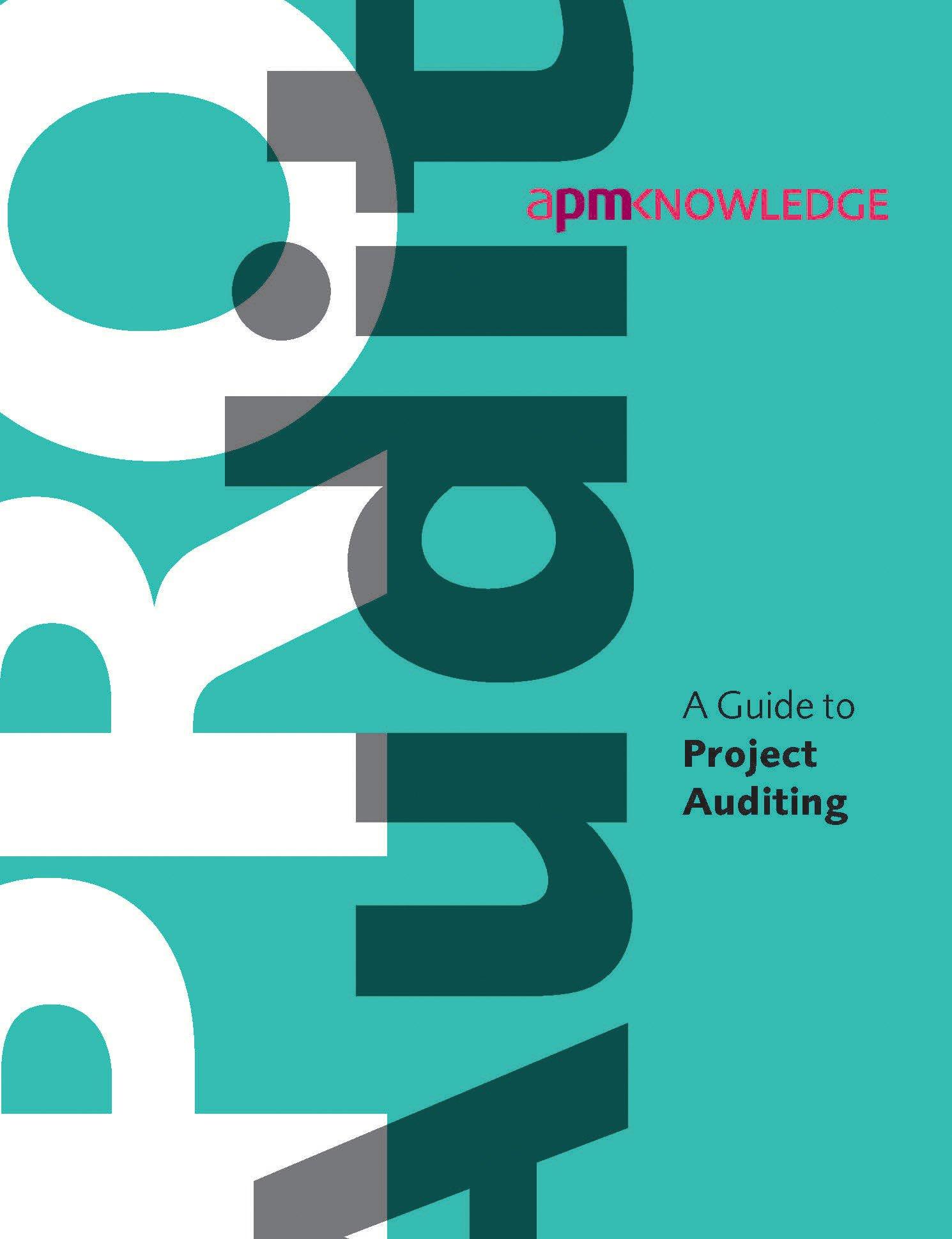Question
Copper and Kaplan used the following example to illustrate the inability of traditional systems to report accurate product cost: Consider two hypothetical plants turning out
Copper and Kaplan used the following example to illustrate the inability of traditional systems to report accurate product cost:
Consider two hypothetical plants turning out a simple product: ball-point pens. The factories are the same size and have the same capital equipment. Every year Plant I makes 1 million units of only one product: blue pens. Plant II, a full-time producer, also produces blue pens, but only 100,000 a year. Plant II also produces a variety of similar products: 80,000 black pens, 30,000 red pens, 5,000 green pens, 500 lavender pens, and so on. In a typical year Plant II produces up to 1,000 product variations, with volumes ranging between 100 and 100,000 units. Its aggregate annual output equals 1 million pens of Plant I.
Required:
- Identify the similarities and different characteristics of the two plants, explaining which of the two, if at all, would be more costly to run, and therefore, is less likely to be competitive. (12 marks)
The purpose of moving from a traditional costing system to an ABC system should be based on the premise that the new information provided will lead to actions that will increase the overall profitability of the business.
Required:
- Explain FOUR conditions which are favourable for implementing an ABC system. (12 marks)
- Compare and contrast absorption costing and ABC. (15 marks)
- Explain the following terms:
- Incremental cost
- Cash flow
in relation to decision-making. (8 marks)
Step by Step Solution
There are 3 Steps involved in it
Step: 1

Get Instant Access to Expert-Tailored Solutions
See step-by-step solutions with expert insights and AI powered tools for academic success
Step: 2

Step: 3

Ace Your Homework with AI
Get the answers you need in no time with our AI-driven, step-by-step assistance
Get Started


